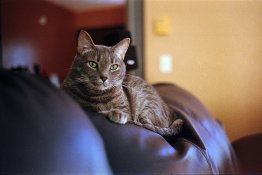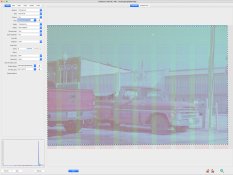runswithsizzers
Subscriber
Interesting! Can you please provide a source for more information about how to open a camera file in Vuescan? Thank you.Yes, there is. I have used it (Vuescan) just for this - scans from a DSLR. But my results with RawTherapee have generally been better.












